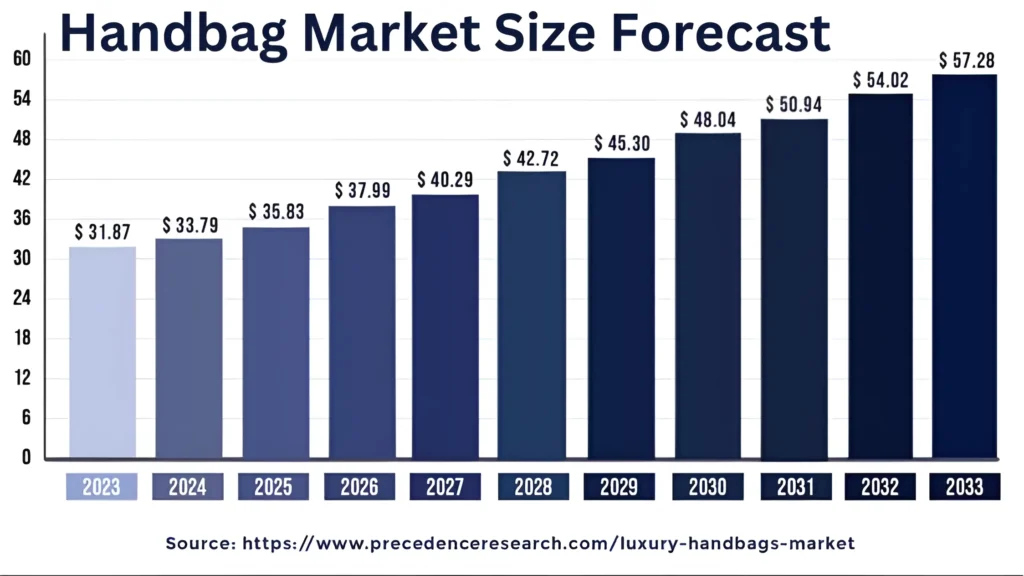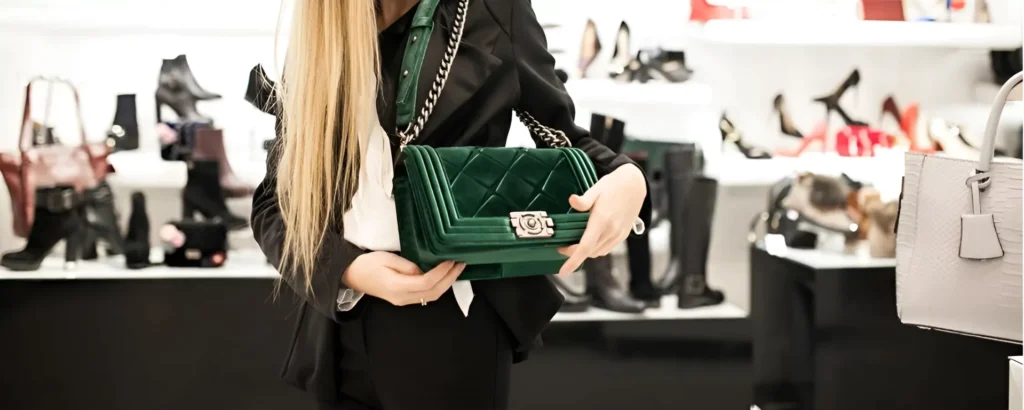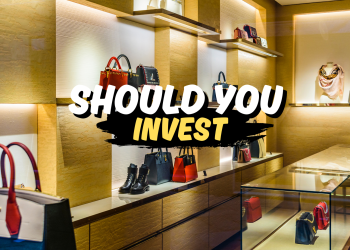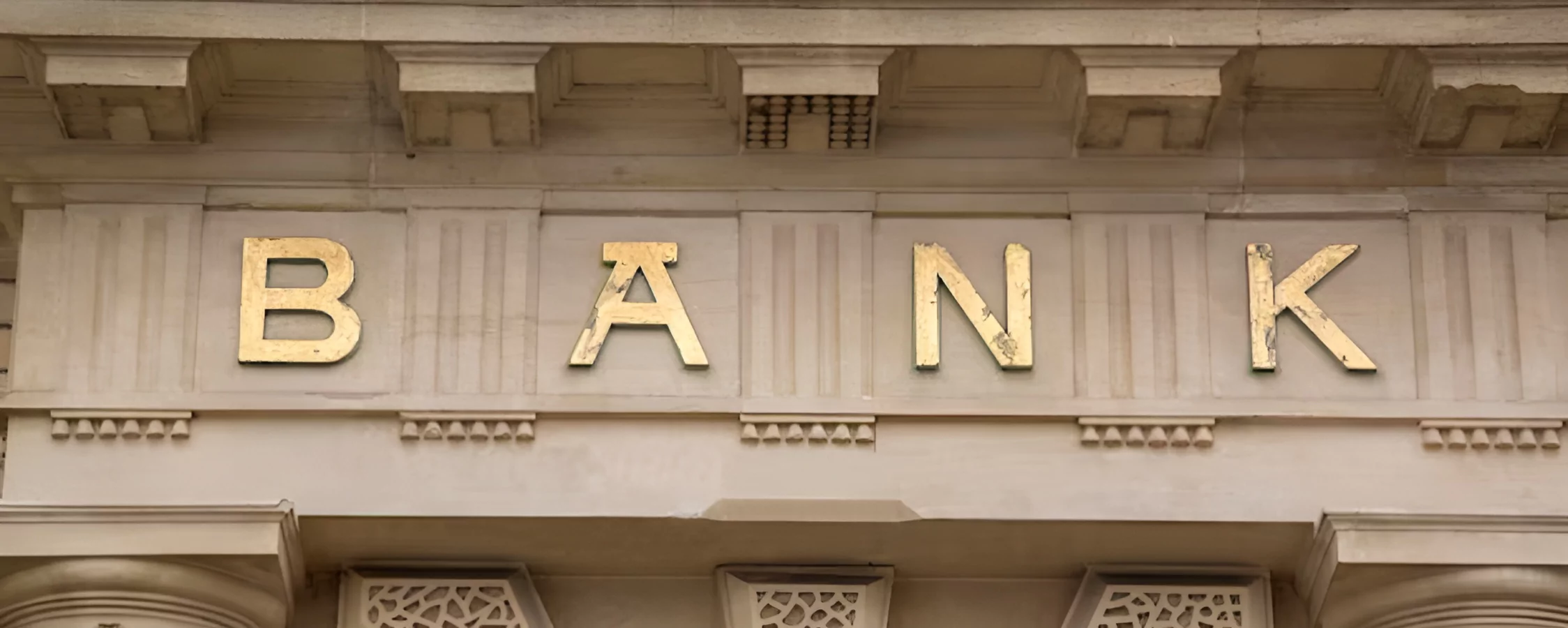Luxury bags are a status symbol coveted worldwide. From Hermès Birkin bags fetching hundreds of thousands of dollars at auction to common designer bags costing well over $1,000, the prices of luxury bags may seem exorbitant to the average consumer. However, top luxury brands put immense care, resources, and craftsmanship into each bag they produce. This article will explore some of the key factors that contribute to the high prices of luxury bags.
Materials and Quality of Construction of A Luxury Bag
The choice of materials has a big impact on the cost of a luxury bag. Leather from certain animal skins like alligator is significantly more expensive to source and work with than simpler materials like calfskin or nylon. Luxury brands also use rare exotic skins from snakes and crocodiles. Metals are another costly material – bags with heavy gold or silver hardware can double the price. The construction quality also affects prices, with intricately stamped logos, impeccable stitching, and hand-finished edges requiring more work hours and thus driving up manufacturing costs. Some luxury brands are still mostly produced via labor-intensive handcraftsmanship rather than machine work, further adding to expenses.
Design History and Brand Reputation

Established luxury brands can charge high prices due to their longstanding reputations for quality and craftsmanship in the fashion world. Names like Hermès, Chanel, Dior, and Louis Vuitton have cultivated immense brand prestige and loyal customer bases over decades if not centuries. This exclusivity commands premium pricing. Iconic bag designs protected by long waiting lists also contribute to brand allure – the Hermès Birkin and Kelly are prized for their storied heritage as well as rarity. Emerging brands take years to build such notoriety, making established names able to demand more at retail for essentially the same product.
Limited Distribution and Exclusivity
Remaining scarce and exclusive is another pricing strategy for luxury brands. Instead of mass producing for everyone, they deliberately constrain themselves to a handful of boutiques globally to retain an air of rareness. Strategies like Birkin’s personalized production system and waitlists are also used to cultivate exclusivity. Less stock leads to higher prices as demand always outstrips supply for the most coveted luxury bags. Brands also sell extensively on secondary markets where scarcity further inflates prices to 5x, 10x, or more of the original retail value. This positions luxury bags as lucrative investments rather than just items.
Personalization and Customization of A Luxury Bag
Massive price premiums are commanded for custom-made and personalized luxury bags. Hand-painted bags bearing the customer’s initials or custom leathers and hardware configurations take the artistry and value significantly higher. Hermès offers personalized detailing on Birkins such as special order leathers, hardware styles in addition to or instead of the classic gold or palladium, and custom lining fabrics. Commissioning one-of-a-kind, completely made-to-measure luxury bags can easily reach tens of thousands, even hundreds of thousands due to their uniqueness and the time spent on realization. For clients who value exclusivity above all else, personalized luxury is worth every dollar.
Rise of Influencers and Collecting

The growth of influencer culture and social media has created new drivers of demand for luxury bags as status symbols. Seeing favorite bloggers, YouTubers and celebrities carry or flaunt ultra-exclusive bags adds immense aspirational pull and hype. This fosters aggressive bidding on the resale market as part of the flex culture. Meanwhile, avid collectors now treat luxury bags as investment pieces to accrue and resell. Both influencer culture and collecting trends lift prices and exclusivity for top bags far above simple materials cost or inflation factors.
Theft and Counterfeiting Concerns
Worries over counterfeits and black-market demand have also impacted luxury bag prices. To deter counterfeiting which eats into sales volumes and prestige value, brands regularly change details that are minutely distinct but expensive to replicate – like serial numbers, insignias, date codes, or fabric weaves – keeping costs of producing more countermeasures high for the house. The rise of organized crime around high-value bag theft further drives luxury owners towards pricier, limited-edition exclusives that hold value best. This combination of deterrent factors against unlawful copying and theft cements the high prices of genuinely new luxury bags.
Conclusion | Why is A Luxury Bag Expensive
The combination of rare materials, storied brand reputation and history, tightly controlled production and distribution, heightened demand from influencers and collectors, and preservation of artisanal craftsmanship all contribute to elevating luxury bag prices far above simple production or inflation costs. Luxurious things are ultimately a privilege for people who value the careful craftsmanship that goes into making exquisite bags. The immensely high prices of today’s most coveted luxury bags are strategically set and arguably justified given their multifaceted value propositions.













